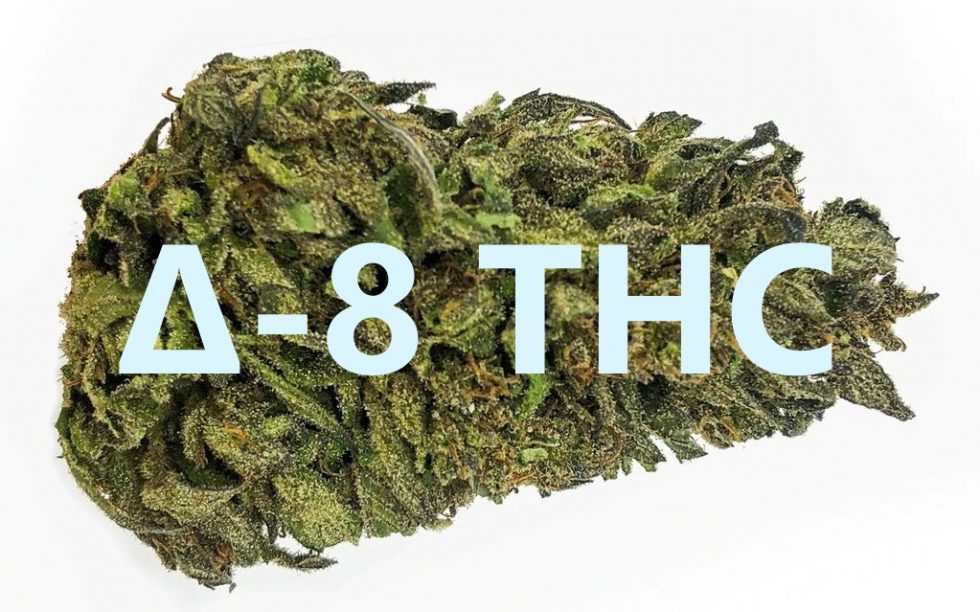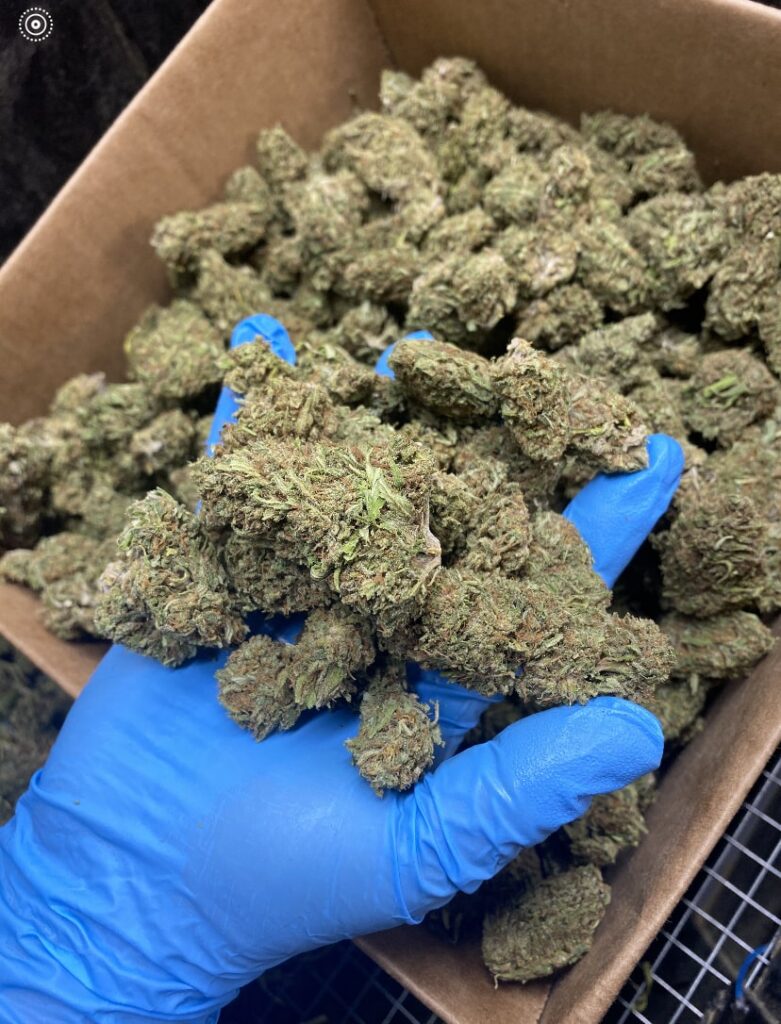Delta 8 hemp flower has emerged as a captivating choice for cannabis enthusiasts, offering a unique experience that balances relaxation and clarity. Cultivating this flower requires a delicate touch and a deep understanding of its nuances. For budding enthusiasts eager to embark on this journey, mastering the art of delta-8 flower cultivation can be immensely rewarding. Here, we delve into essential tips to help you cultivate delta-8 hemp flower successfully.
Understanding Delta-8: A Primer
Before diving into cultivation techniques, it’s crucial to grasp the fundamentals of delta-8 THC. Unlike its more well-known counterpart, delta-9 THC, delta-8 offers a milder psychoactive effect while still delivering therapeutic benefits. This cannabinoid occurs naturally in the cannabis plant but typically in minimal concentrations. Cultivating delta-8-rich hemp requires specific strategies to enhance its presence.
Selecting the Right Genetics
The foundation of successful delta-8 flower cultivation lies in selecting the right genetics. Choose strains known for their high delta-8 THC content, ensuring a robust starting point for your cultivation endeavors. Conduct thorough research or consult with experienced growers to identify reputable seed banks or breeders offering suitable genetics.
Optimizing Growing Conditions
Creating an optimal environment is paramount for cultivating delta-8 hemp flower. Pay close attention to factors such as temperature, humidity, and lighting. Delta-8 thrives in conditions similar to other cannabis varieties, preferring temperatures between 70-85°F (21-29°C) and relative humidity levels of 40-60%. Provide ample light during the vegetative stage, transitioning to a flowering light cycle as plants mature.
Implementing Proper Nutrient Management
Nutrient management plays a crucial role in maximizing delta-8 flower production. Maintain a balanced feeding regimen tailored to the needs of your plants throughout their growth cycle. Avoid overfeeding, as excessive nutrient levels can negatively impact cannabinoid profiles and overall plant health. Regular monitoring and adjustments based on plant response are key to achieving optimal results.
Practicing Prudent Pest and Disease Control
Protecting your delta-8 hemp plants from pests and diseases is essential for a successful harvest. Implement integrated pest management strategies, including regular inspections, natural predators, and organic pest control methods. Preventative measures such as proper sanitation and quarantine protocols can help minimize the risk of infestations and disease outbreaks.
Harvesting and Curing with Care
The culmination of your efforts comes during the harvest and curing process. Time your harvest carefully based on trichome maturity to ensure peak cannabinoid levels and terpene profiles. Employ gentle harvesting techniques to preserve delicate trichomes and minimize damage to flowers. After harvest, initiate a slow and controlled curing process to enhance flavor, potency, and overall quality.
Continual Learning and Adaptation
Cultivating delta-8 hemp flower is a journey marked by continual learning and adaptation. Stay informed about the latest research, techniques, and developments in cannabis cultivation. Embrace experimentation and be open to adjusting your methods based on your observations and experiences. With dedication and a passion for the craft, you can hone your skills and cultivate exceptional delta-8 flower harvests.
Conclusion
The art of cultivating delta-8 hemp flower is a fascinating endeavor that combines science, skill, and creativity. By understanding its unique properties and implementing proven cultivation techniques, enthusiasts can unlock the full potential of this captivating cannabinoid. With careful attention to detail and a commitment to excellence, you can cultivate delta-8 flower that delights the senses and elevates the cannabis experience.



